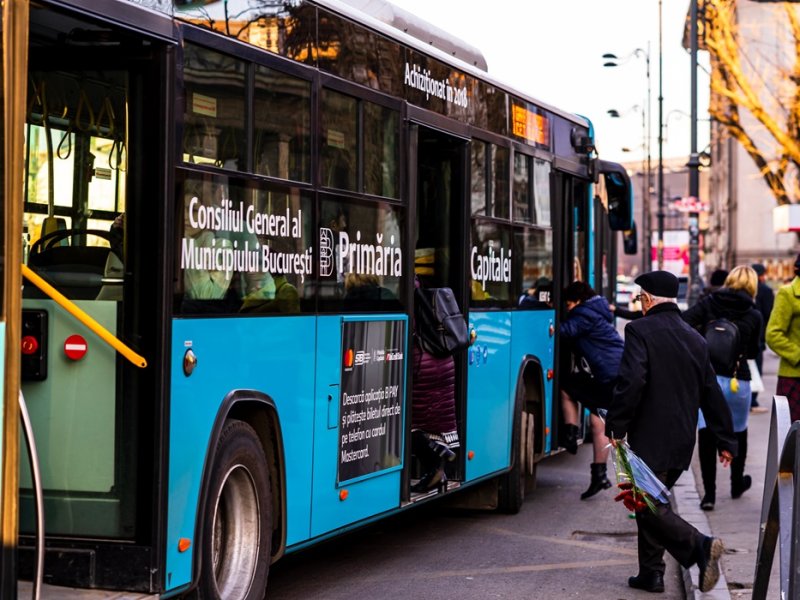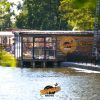How do you survive Bucharest without a car? A realistic map of urban mobility

By Bucharest Team
- Articles
In a city where traffic can paralyze even the idea of movement, living in Bucharest without a car might seem, to some, like an act of courage. For others, it's a necessity. And for a small minority raised on the idea of a more sustainable, walkable European city, it’s a conscious lifestyle choice. But what does life without a steering wheel really look like in a capital built around the belief that personal transport is salvation?
Public transport: somewhere between efficiency and frustration
When you give up your car, public transportation becomes your spinal cord. On paper, Bucharest has a decent network—metro, buses, trolleys, trams. In practice, the quality of the experience varies wildly depending on the line and location.
The metro is widely considered the most reliable form of transit. It’s fast, predictable, and covers key areas of the city. But it has clear limits: the southern and western neighborhoods are underserved, and switching between lines isn’t always intuitive. At rush hour, taking the metro becomes a test of patience and physical balance.
Above ground, STB (the public surface transport company) feels more like a daily urban lottery. Buses may come in bursts—or not at all. Trams are frequently delayed. Real-time apps are more optimistic estimates than precise tools. In crowded districts, routes are slow and packed. In underdeveloped areas, they’re nearly absent.
Two wheels, one challenge: promise vs. reality
In theory, Bucharest promotes alternative mobility. In practice, cycling and scooter infrastructure is incomplete, inconsistent, and often unsafe. Bike lanes appear and disappear without logic, some are blocked by parked cars, and signage is vague or missing. Navigating them requires not only stamina—but sometimes bravery.
Despite this, cyclists and scooter riders persist. Sharing platforms work reasonably well, and in summer, two wheels can mean faster travel on short routes. But it remains a seasonal solution, dependent on weather, fitness, and confidence.
Walking: simple, but not always easy
Bucharest is a partially walkable city. In central areas, sidewalks are wide and lively. In residential neighborhoods, they often double as improvised parking lots, construction zones, or are simply missing.
Walking is a healthy, affordable option, but it requires planning and patience. You might walk a long distance smoothly—or hit a dead-end between an unmarked intersection and an active construction site. It's a mobility style that suits short distances and neighborhood living, but not always city-wide commutes.
Hybrid solutions and personal strategies
Many of those who live without a car develop personalized systems. Some combine walking, the metro, and a personal scooter. Others rely on car-sharing or ride-hailing only when needed—during heavy rain, emergencies, or when carrying things.
Remote work—when possible—eases daily travel. Flexible schedules help avoid peak hours. Living in a well-connected neighborhood is often the key difference between coping and struggling. Some trade a personal vehicle for proximity to metro stations, markets, schools, or green spaces. For others, it’s simply about adapting to what they can afford—or choose to accept.
No car doesn’t mean no access
Bucharest is not an easy city for those without a car. But it’s not an impossible one either. It’s a city in transition, with a public transport system that works in some areas and fails in others, a cycling infrastructure still in development, and a car-first mentality that’s far from fading.
Still, living car-free often means knowing the city more intimately—its pace, its flaws, its people. You notice seasons, smells, voices. You become part of the public rhythm, not isolated from it. Living without a car involves giving up comfort and control—but also gaining a different connection to the city: as a place to live in, not just to move through.
For some, it’s a choice. For others, a constraint. For everyone, it’s a lesson in what it means to truly inhabit a city—not just commute through it.
Also recommended Tips and tricks. Public transport in Bucharest: how to get around on the metro, buses and trams






























